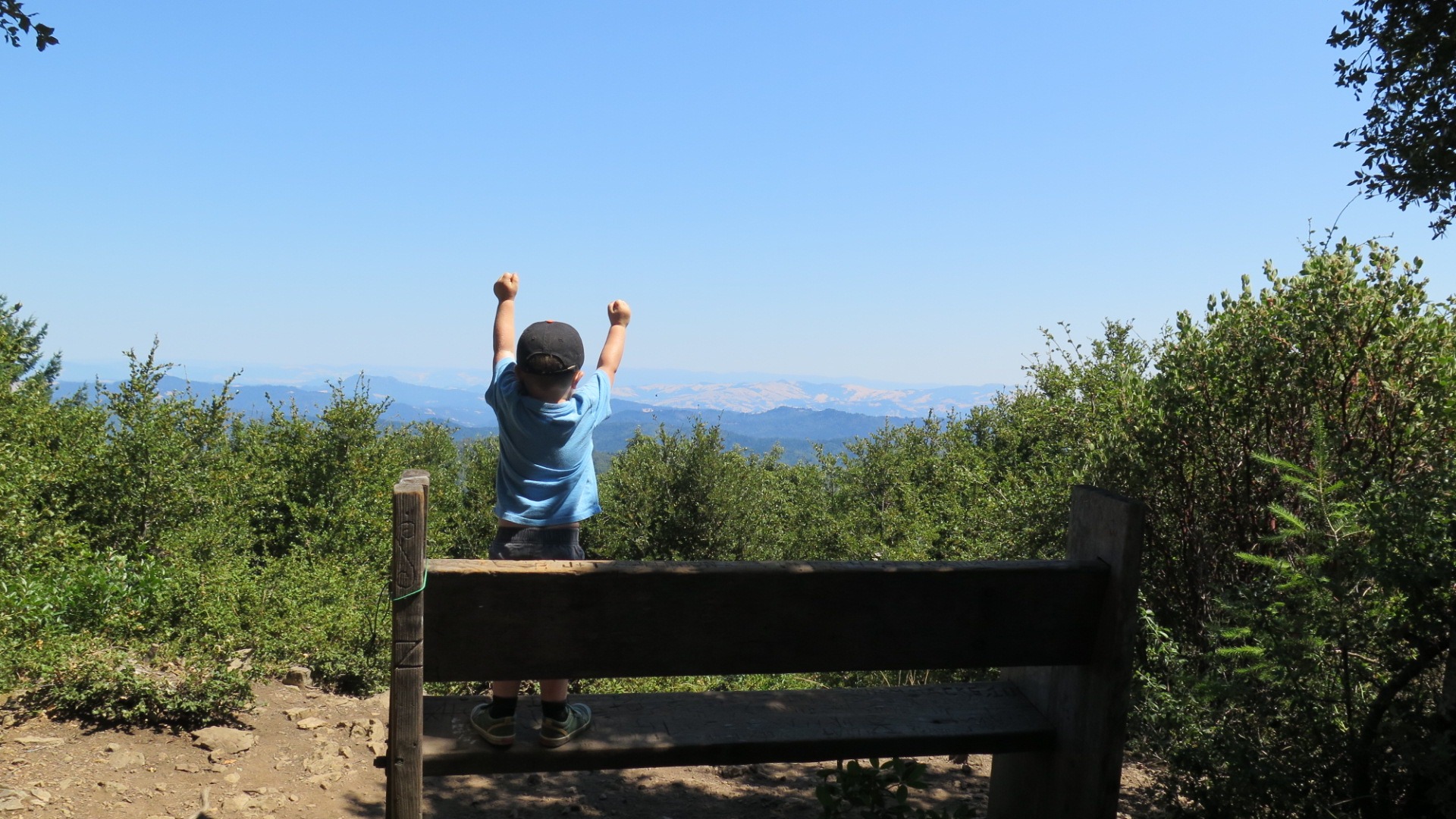Exploring America’s national parks with children offers unmatched opportunities to connect with nature, create lasting memories, and instill a lifelong appreciation for the outdoors. From the towering sequoias of Yosemite to the geothermal wonders of Yellowstone, these protected landscapes provide natural classrooms where kids can learn about ecosystems, wildlife, and conservation firsthand. However, venturing into these wild spaces requires thoughtful preparation to ensure safety while maximizing enjoyment.
This comprehensive guide will walk you through everything you need to know to plan a national park adventure that’s both enriching and secure for your whole family.
Research and Choose the Right Park
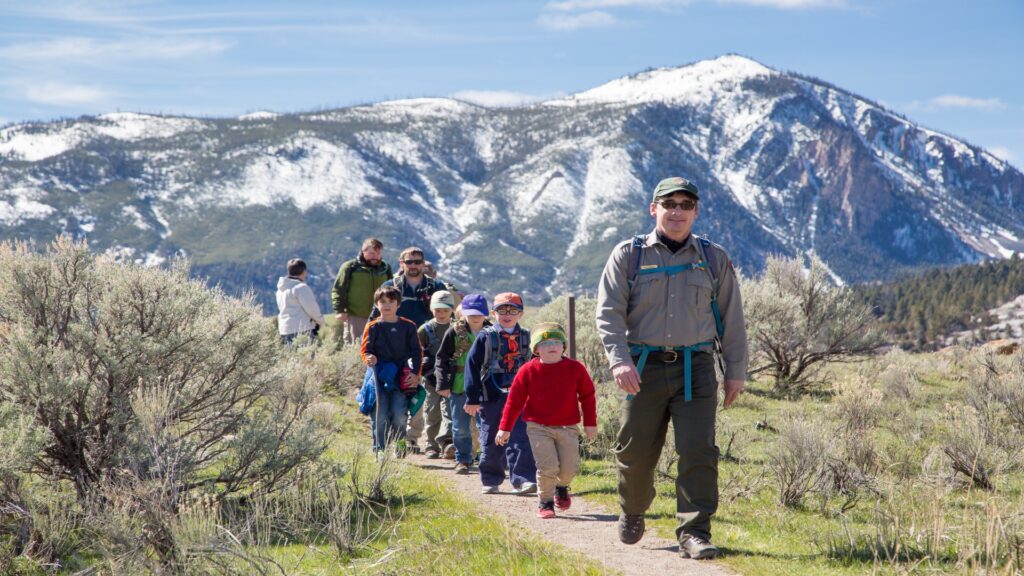
Not all national parks offer the same experience, and some are more kid-friendly than others. Before making reservations, research which parks have amenities and attractions suitable for your children’s ages and abilities. Parks like Great Smoky Mountains, Rocky Mountain, and Grand Canyon offer junior ranger programs, visitor centers with interactive exhibits, and well-maintained trails of varying difficulties.
Consider factors like elevation, climate, crowding levels, and accessibility when making your selection. Remember that some parks, like Denali or Gates of the Arctic in Alaska, have limited facilities and may present challenges that aren’t appropriate for younger children or first-time park visitors.
Plan Your Visit During the Right Season
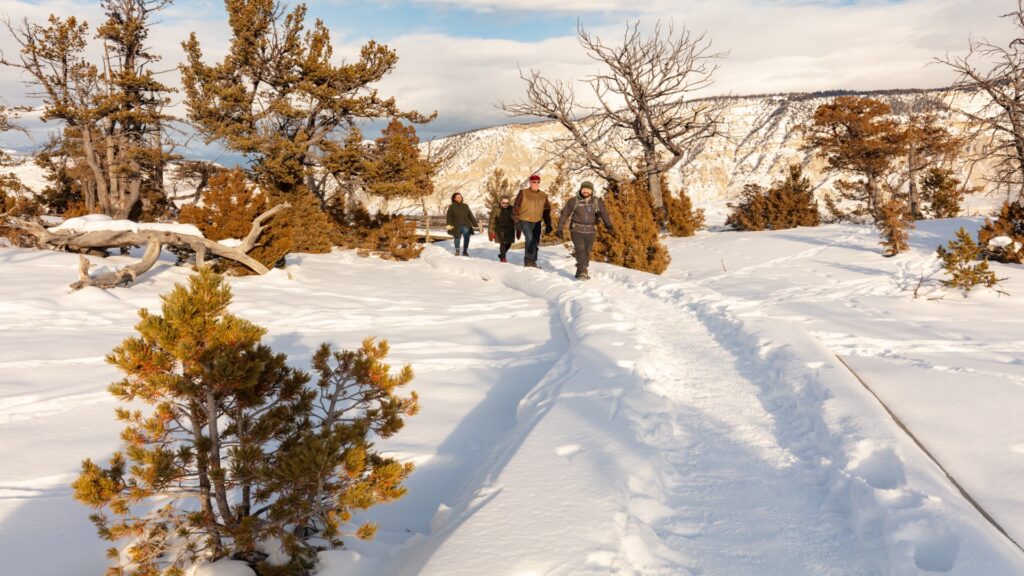
Timing your visit strategically can make a tremendous difference in your family’s experience. Summer offers longer daylight hours and more open facilities but often brings larger crowds and potential for extreme heat in desert parks like Death Valley or Arches. Spring and fall typically provide milder temperatures and fewer visitors, creating a more relaxed atmosphere for exploring with children.
Winter visits to parks like Yellowstone or Bryce Canyon offer magical snowy landscapes and unique wildlife viewing opportunities but require additional preparation for cold weather conditions. Research the historical weather patterns and seasonal closures before finalizing your travel dates to ensure the environment will be safe and comfortable for your kids.
Make Accommodations Well in Advance
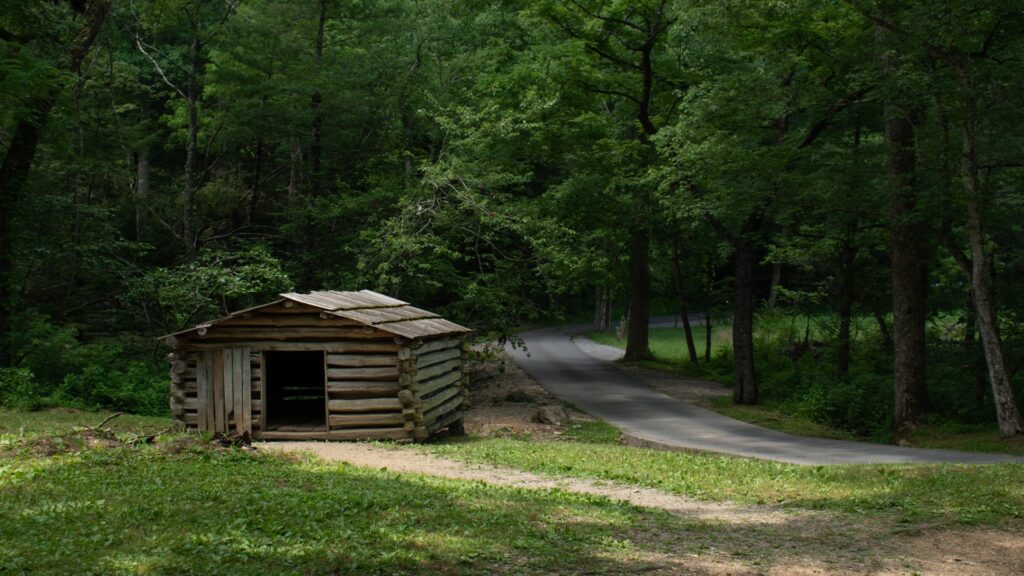
Securing appropriate lodging is crucial when visiting national parks with children. Many parks offer family-friendly options ranging from developed campgrounds with restrooms and showers to lodges with full amenities, but these book up quickly, often 6-12 months in advance. If camping, consider reserving sites in campgrounds rather than backcountry locations when traveling with smaller children, as these provide easier access to restrooms, water sources, and emergency services.
For families new to camping, some parks offer “glamping” options or cabin rentals that provide a more comfortable introduction to overnight outdoor experiences. Remember that staying outside the park in nearby communities is also an option that sometimes offers more amenities and dining choices for families with picky eaters.
Pack the Appropriate Clothing and Gear
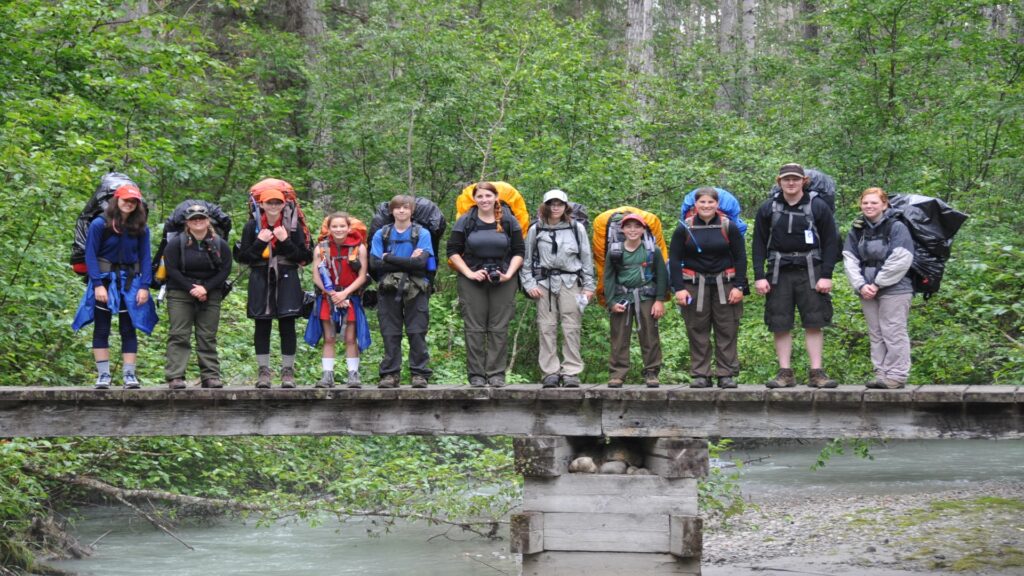
Proper attire and equipment can make or break a national park experience with kids. Pack clothing that can be layered to accommodate temperature changes throughout the day, which are common in many parks, especially those at higher elevations.
Bring sturdy, closed-toe shoes with good traction for hiking trails, and consider water shoes for parks with streams or beaches. Don’t forget rain gear, sun protection (hats, sunglasses, and SPF clothing), and insect repellent appropriate for children.
For younger kids, a child carrier backpack can be invaluable when they tire on longer trails, while older children might enjoy having their own small daypack with personal items and a sense of responsibility for their gear.
Prepare a Robust First Aid Kit
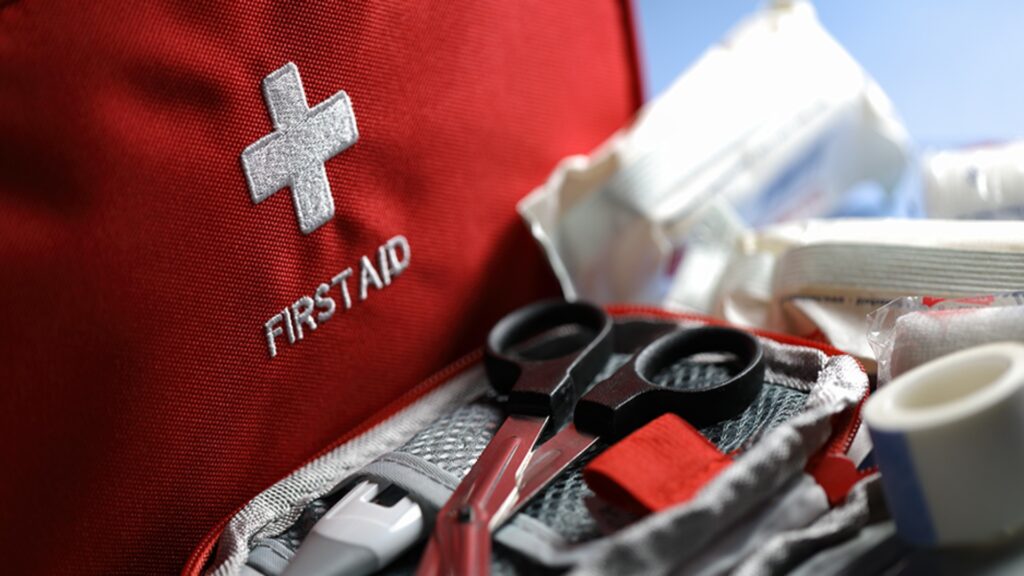
A well-stocked first aid kit tailored for children is essential for any national park adventure. Include standard supplies like bandages, antiseptic wipes, tweezers for splinters, and blister treatment materials that will address the most common outdoor injuries. Pack any prescription medications your children require, along with appropriate over-the-counter medications for fever, allergic reactions, and digestive issues in child-appropriate dosages.
Consider including items specific to your destination, such as altitude sickness medication for high-elevation parks or extra hydration salts for desert environments.
Include emergency contact information, including the nearest medical facilities to the park, and make sure older children know basic first aid procedures appropriate for their age.
Plan for Proper Nutrition and Hydration
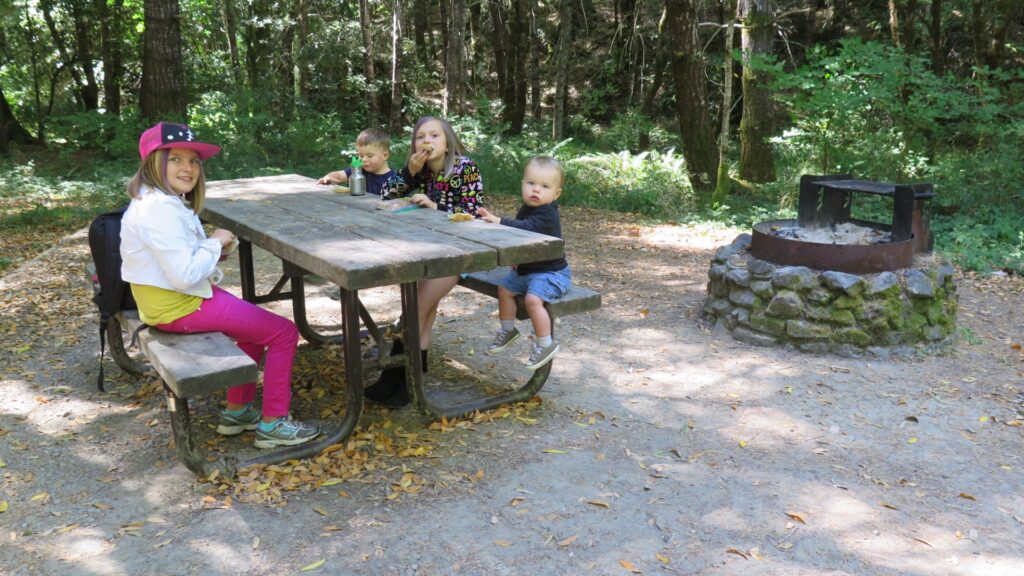
Keeping children properly fed and hydrated during outdoor adventures requires advance planning. Pack more snacks and water than you think necessary, as activity in the outdoors increases both appetite and fluid needs. Choose nutrient-dense, non-perishable foods that provide sustained energy, such as trail mix, energy bars, dried fruits, and nut butters. For hydration, equip each family member with their own refillable water bottle and research water availability in the areas you’ll be exploring.
Many parks have limited potable water sources on trails, so consider bringing a portable water filter or purification tablets as backup. Teach children the importance of regular snacking and drinking while outdoors, even when they don’t feel particularly hungry or thirsty.
Teach Wildlife Safety Before Arriving
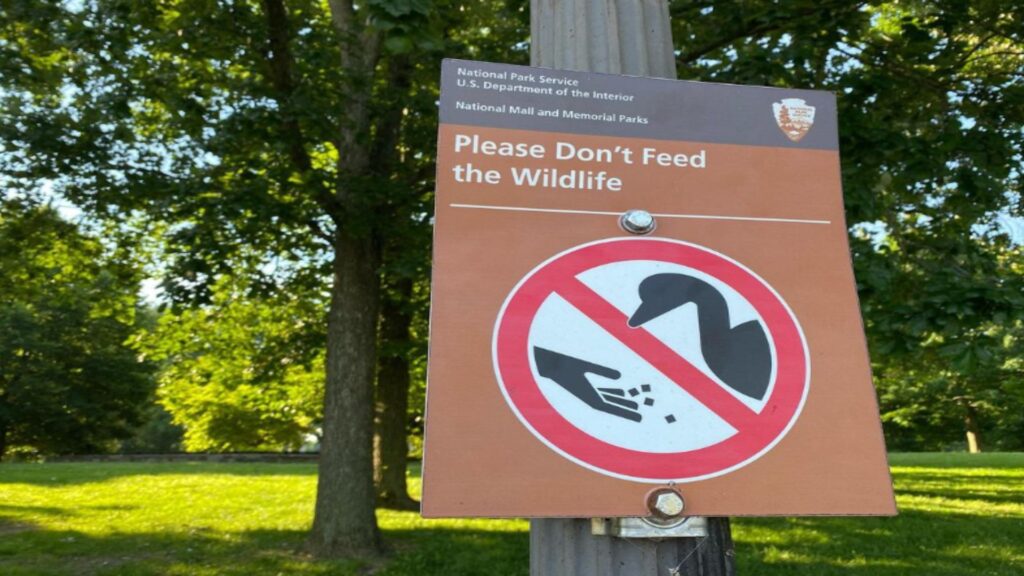
Encountering wildlife is often a highlight of national park visits, but it requires proper preparation to ensure everyone’s safety. Before your trip, teach children about maintaining safe distances from all animals (the National Park Service recommends at least 100 yards from predators like bears and wolves and 25 yards from other wildlife). Explain that feeding wildlife is harmful to animals and prohibited in all national parks, as it leads to dangerous habituation and health problems for the animals.
Practice what to do in specific wildlife encounters relevant to your destination, such as making noise on trails in bear country or backing away slowly if you encounter a mountain lion. Make these safety lessons fun by incorporating games or role-playing scenarios that help kids remember the rules without developing unnecessary fears.
Establish Clear Communication Protocols
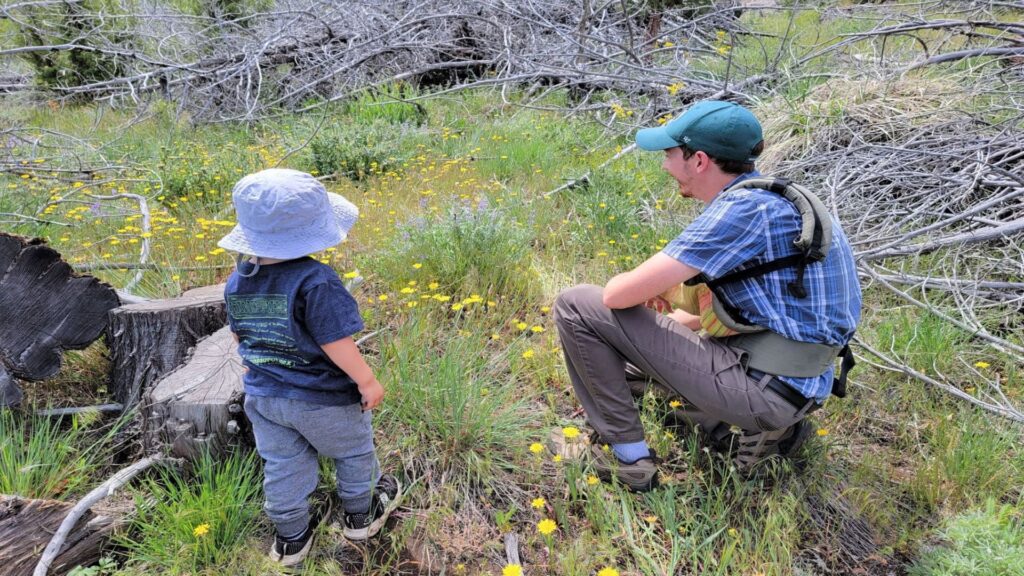
In the vastness of national parks, keeping track of family members and communicating effectively becomes especially important. Establish a buddy system where children always stay with at least one other person, and decide on meeting points in case of accidental separation.
Consider providing older children with whistle-equipped lanyards or small walkie-talkies for larger parks where cell service is unreliable. Create a family emergency plan that includes what to do if someone gets lost, such as staying put, making noise, and using a whistle pattern (three short blasts is a universal distress signal).
Review this plan regularly during your trip, turning it into a morning routine before heading out for the day’s adventure.
Understand Trail Safety and Selection
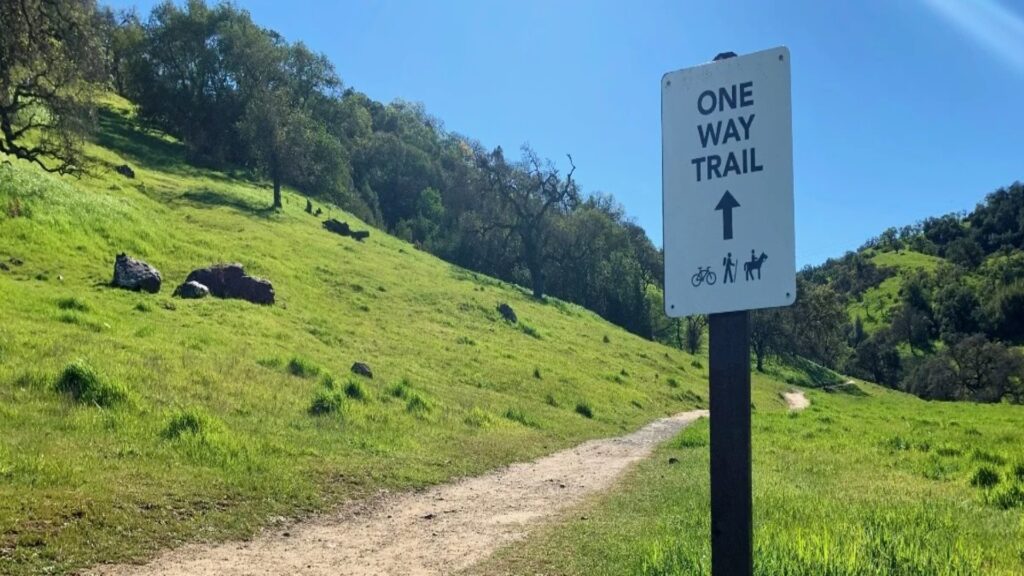
Choosing appropriate trails is fundamental to a successful family outing in national parks. Research trail difficulties, lengths, and features before your visit, looking specifically for family-friendly options that match your children’s abilities.
Many parks designate certain trails as kid-friendly, featuring shorter distances, gentler terrain, and points of interest that engage younger hikers. Teach children basic trail etiquette, such as staying on marked paths to protect fragile ecosystems and yielding to uphill hikers. Show them how to recognize trail markers and basic navigational skills appropriate for their age.
When hiking, maintain a pace that accommodates the slowest member of your group, take frequent breaks, and always leave extra time to return before dusk, as trails become more hazardous in limited light.
Create an Educational Experience
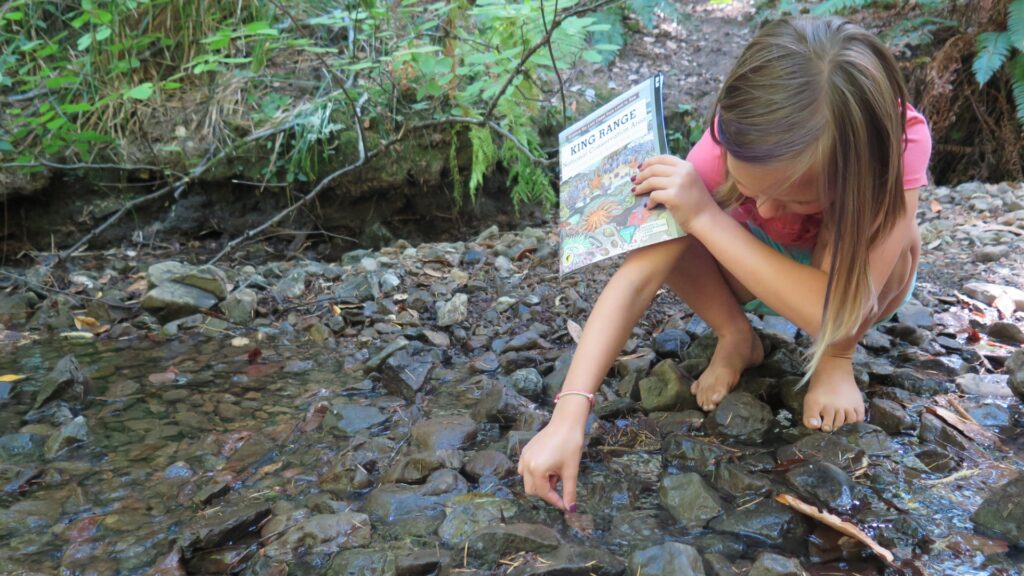
National parks offer incredible learning opportunities that can transform a family vacation into an educational adventure. Before your trip, check the park’s official website for age-appropriate junior ranger programs, which offer activity booklets that children complete to earn a badge or patch. Consider purchasing field guides specific to your destination and encourage kids to identify plants, animals, or geological features they encounter.
Many parks offer ranger-led programs designed specifically for families, providing expert information in engaging, interactive formats.
Create a nature scavenger hunt customized to your park’s features, or bring small notebooks for children to keep nature journals, documenting observations through writing or drawing, creating lasting souvenirs of their experience, and reinforcing scientific observation skills.
Know the Weather Risks and Emergency Procedures
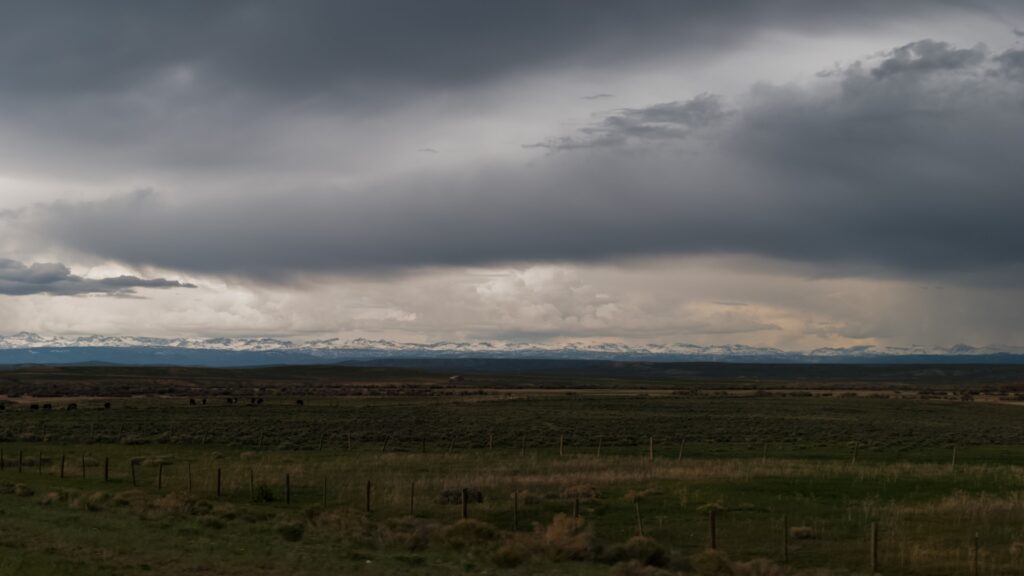
Understanding weather patterns and associated risks in your chosen park is critical for family safety. Research common weather events for your destination and season, such as afternoon thunderstorms in Rocky Mountain National Park or flash flood risks in desert parks like Zion or Capitol Reef.
Teach children what to do in specific weather emergencies, such as finding shelter during lightning storms (avoiding isolated trees and open areas) or moving to higher ground during flash floods. Download weather apps that work offline or bring a weather radio if you’ll be in areas with limited connectivity.
Check in with visitor centers daily for updated weather forecasts and potential hazards, as conditions in many parks can change rapidly with little warning.
Balance Activities with Downtime
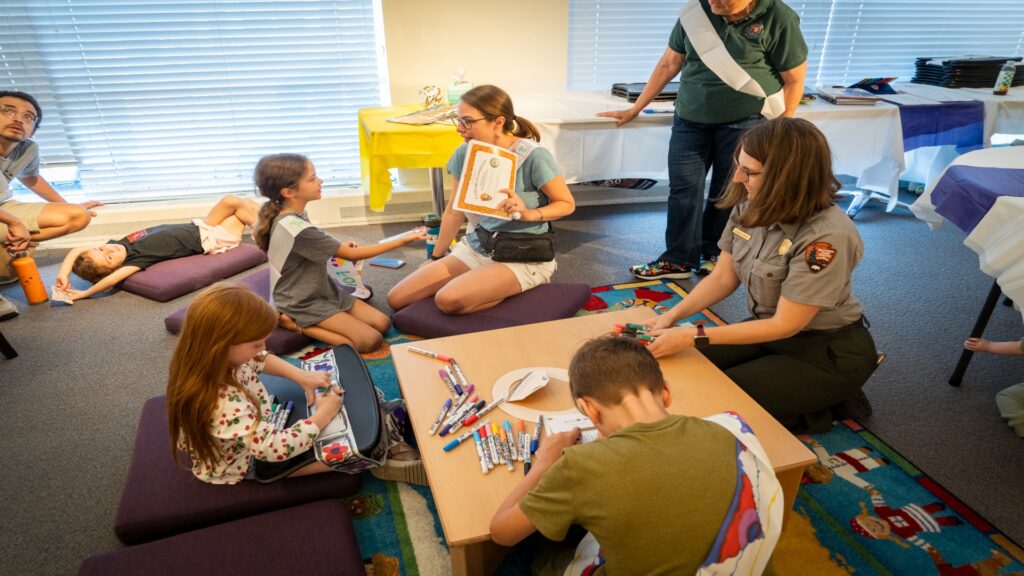
Creating a sustainable pace is essential when exploring national parks with children to prevent overtiredness and meltdowns. Resist the temptation to pack each day with non-stop activities, instead alternating more strenuous adventures with relaxed exploration or downtime.
Build in rest days during longer park visits, using these for less physically demanding activities like visiting interpretive centers, attending ranger talks, or enjoying picnics by accessible scenic viewpoints. Respect children’s natural rhythms by planning more challenging hikes or activities during their peak energy times, whether that’s early morning or after a midday rest.
Remember that quality experiences that keep children engaged and happy will create more positive memories than trying to see everything in a rushed, exhausting itinerary.
Practice Leave No Trace Principles
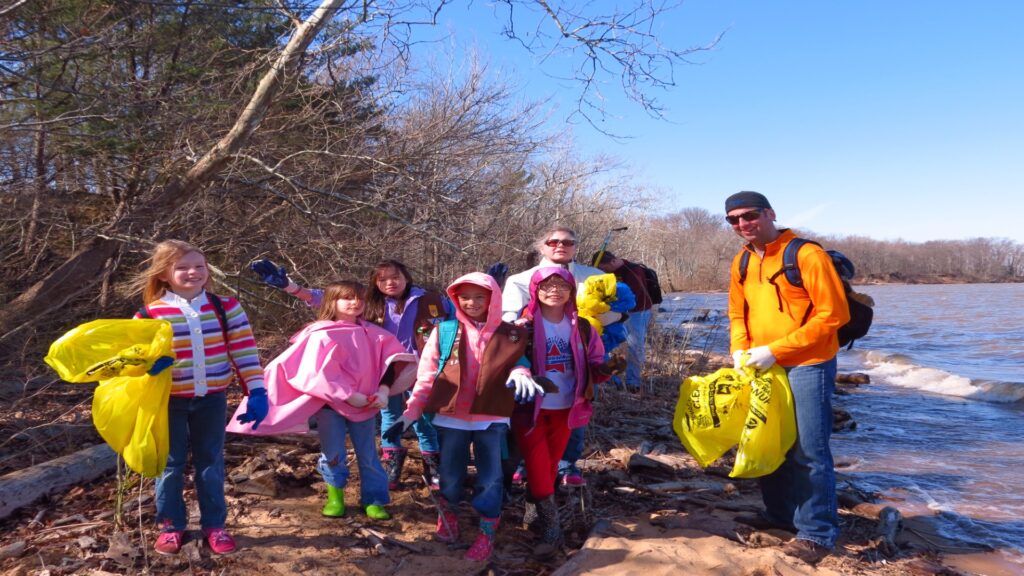
Teaching children conservation ethics through Leave No Trace principles helps protect national parks for future generations while instilling important values. Before your trip, introduce kids to the seven core principles in age-appropriate language, focusing on practical actions they can take, like staying on trails, properly disposing of waste, and leaving natural objects where they find them. Turn these lessons into games, like “who can spot trash on the trail” or “leave-it-better-than-you-found-it” challenges. Bring small bags for collecting trash and demonstrate respect for wildlife by observing from appropriate distances.
These hands-on conservation experiences help children develop a sense of stewardship for public lands that can last a lifetime, connecting their actions to the preservation of these special places.
Conclusion
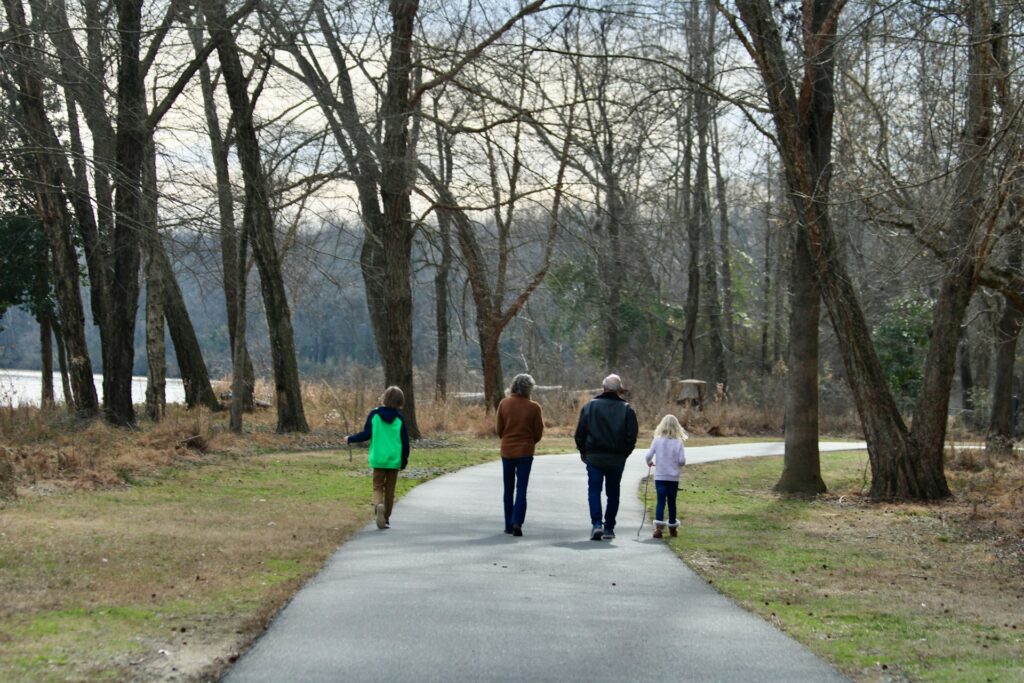
National park adventures offer families unparalleled opportunities to connect with nature and each other in America’s most treasured landscapes. With thorough preparation focused on safety, education, and age-appropriate experiences, these trips can become transformative experiences for children, fostering resilience, environmental awareness, and appreciation for natural wonders.
By researching your destination, packing appropriately, establishing clear safety protocols, and balancing adventure with rest, you’ll create the foundation for a national park experience that keeps everyone safe while making memories that last a lifetime. The investment in preparation pays dividends in confidence and enjoyment, allowing your family to fully immerse in the magnificence of our national parks.

